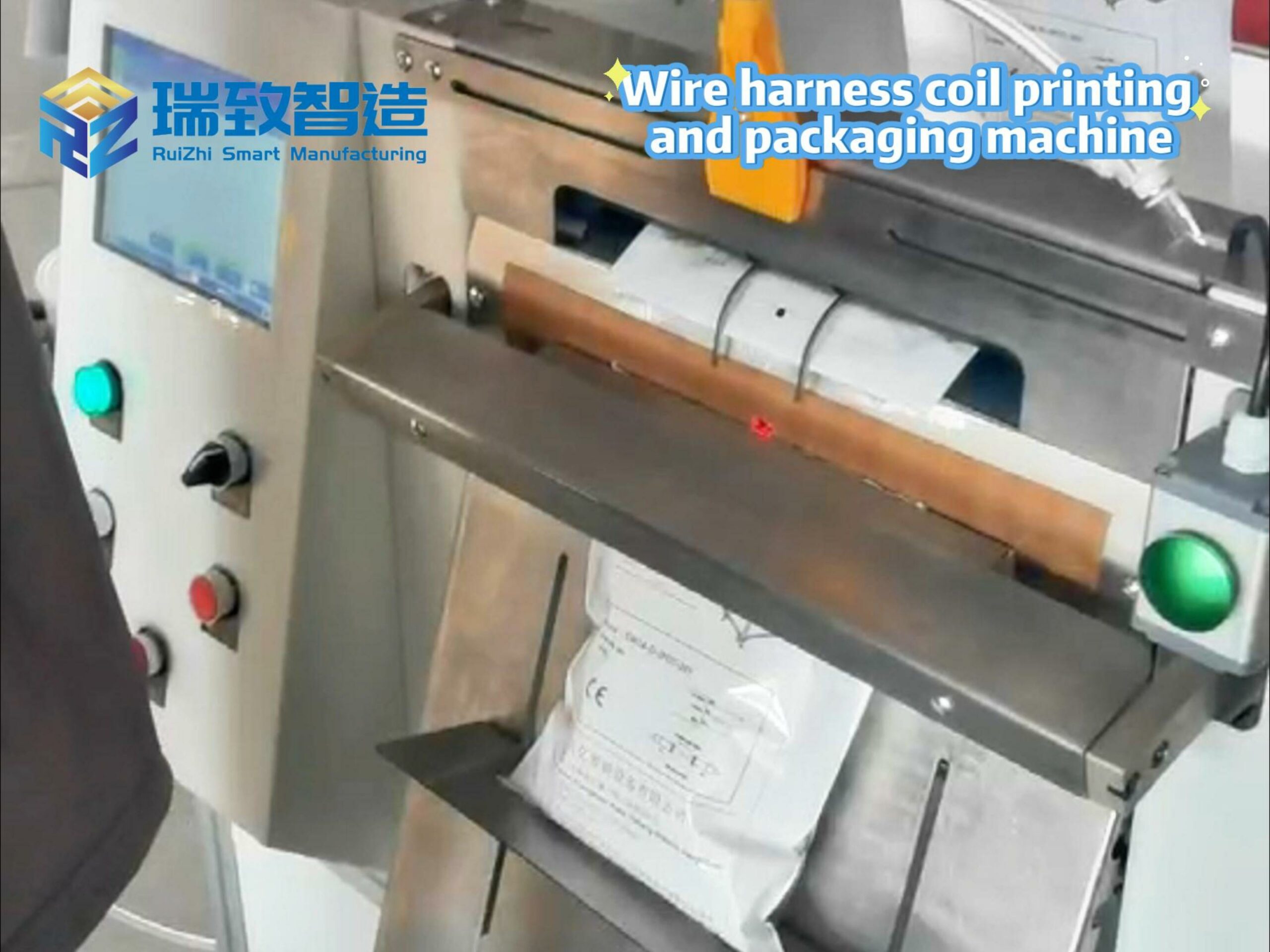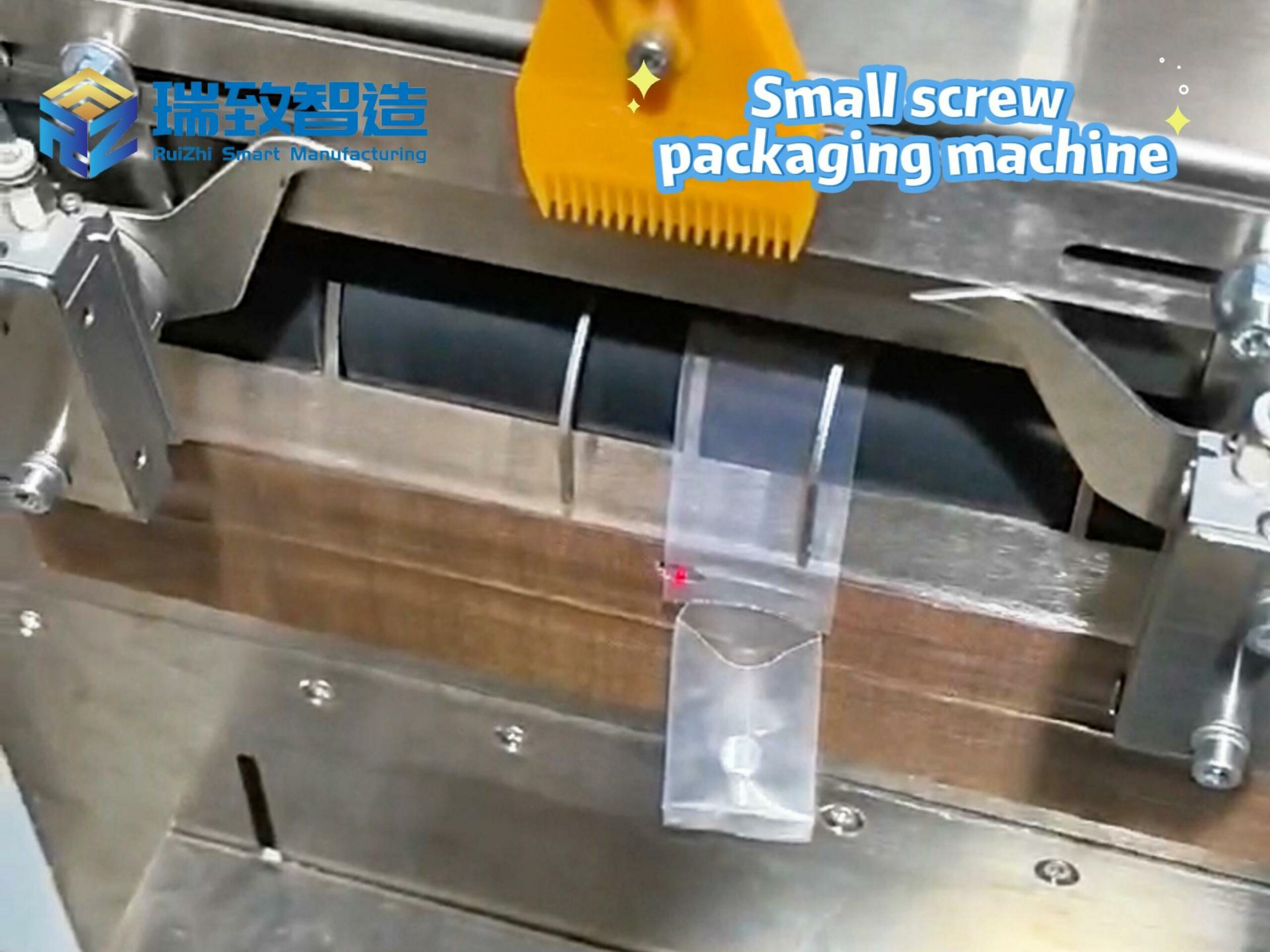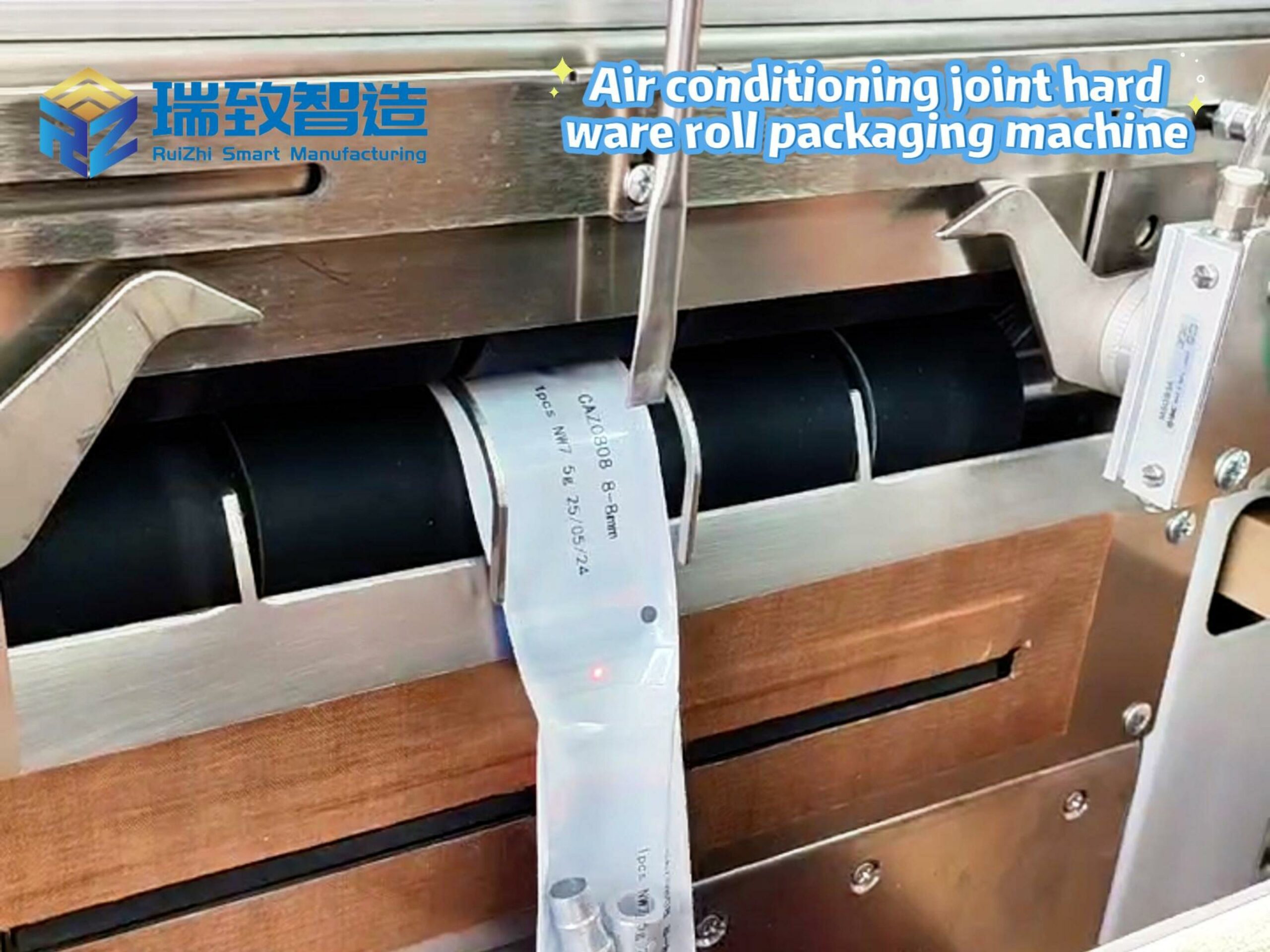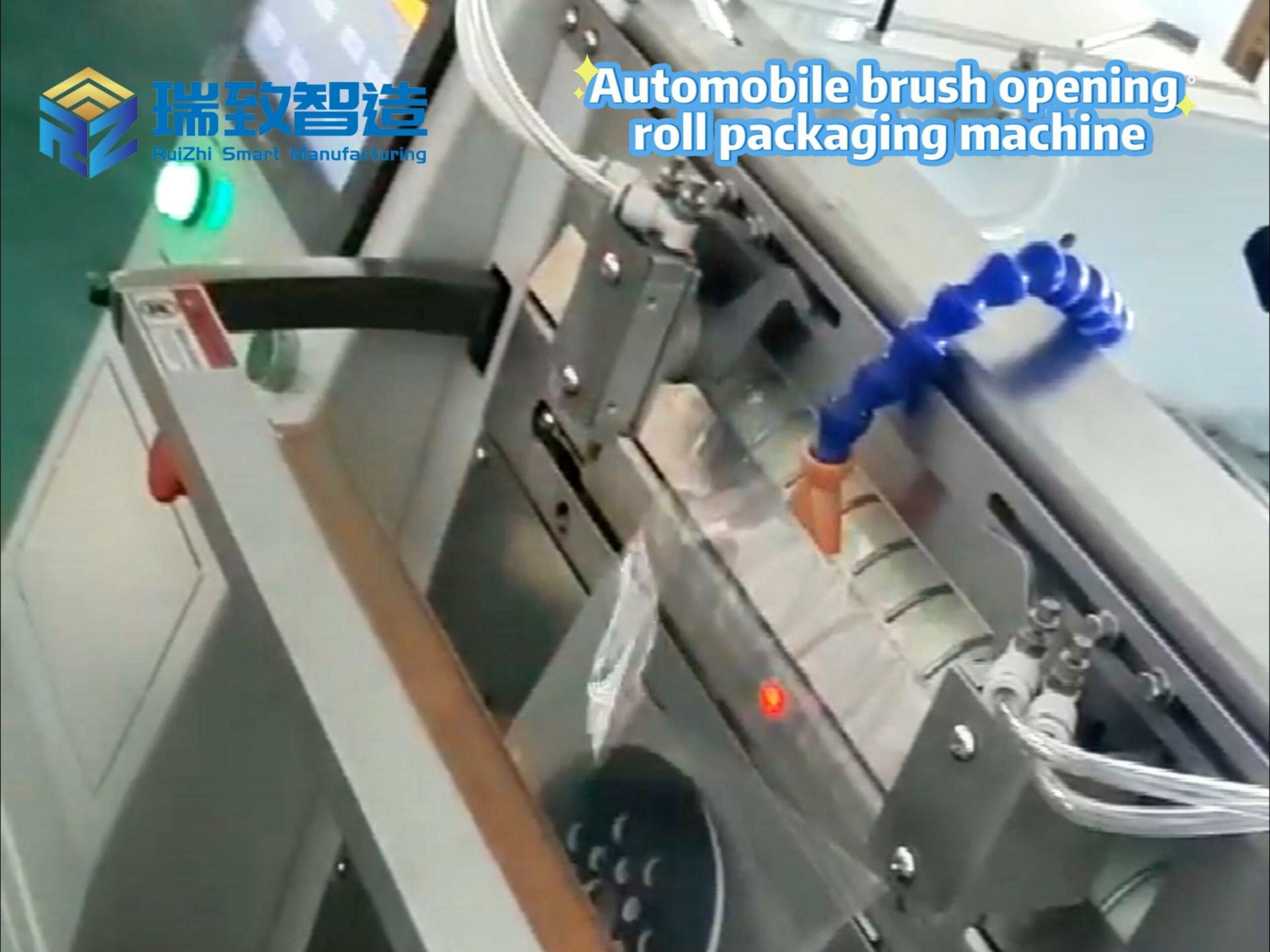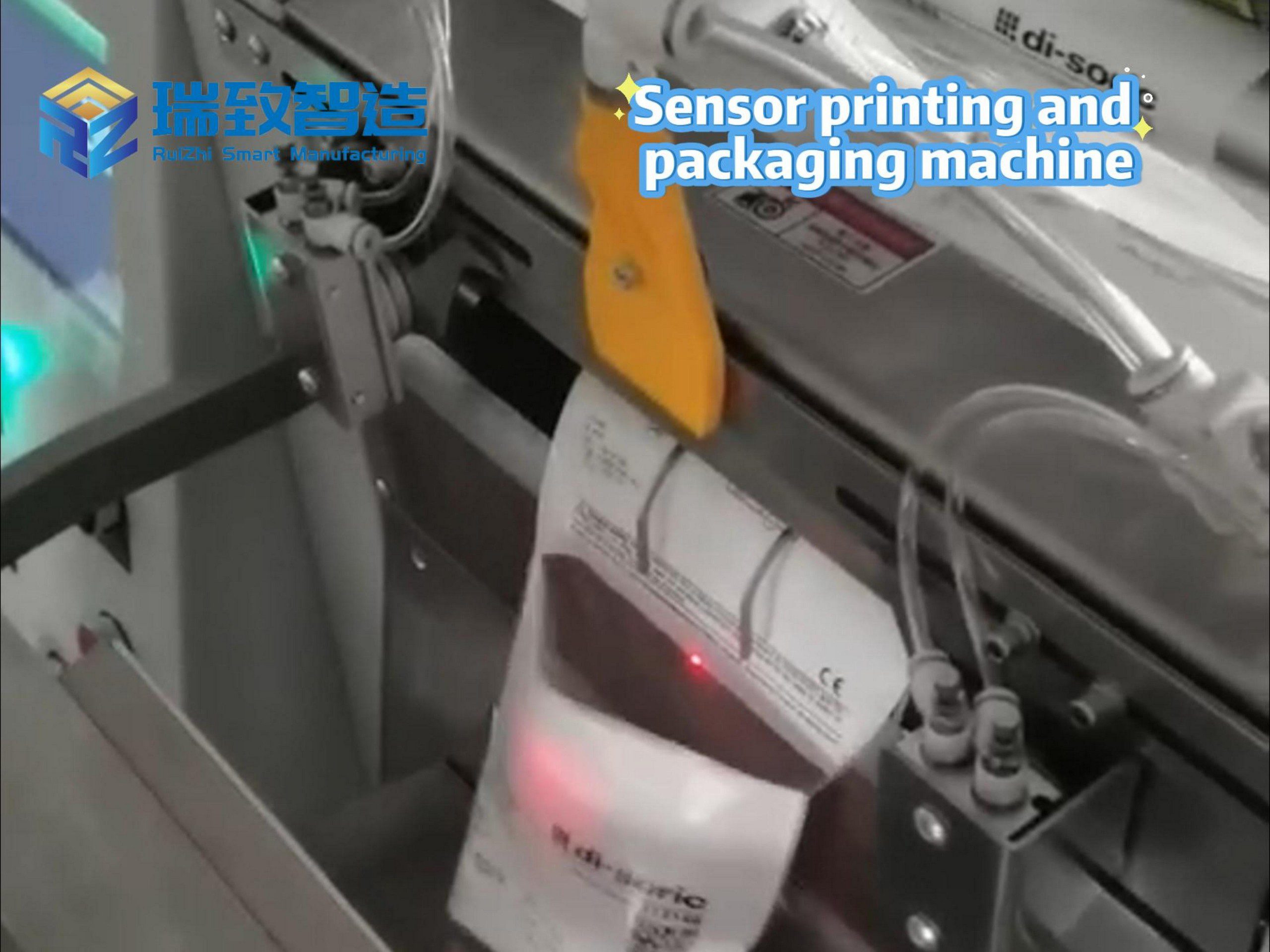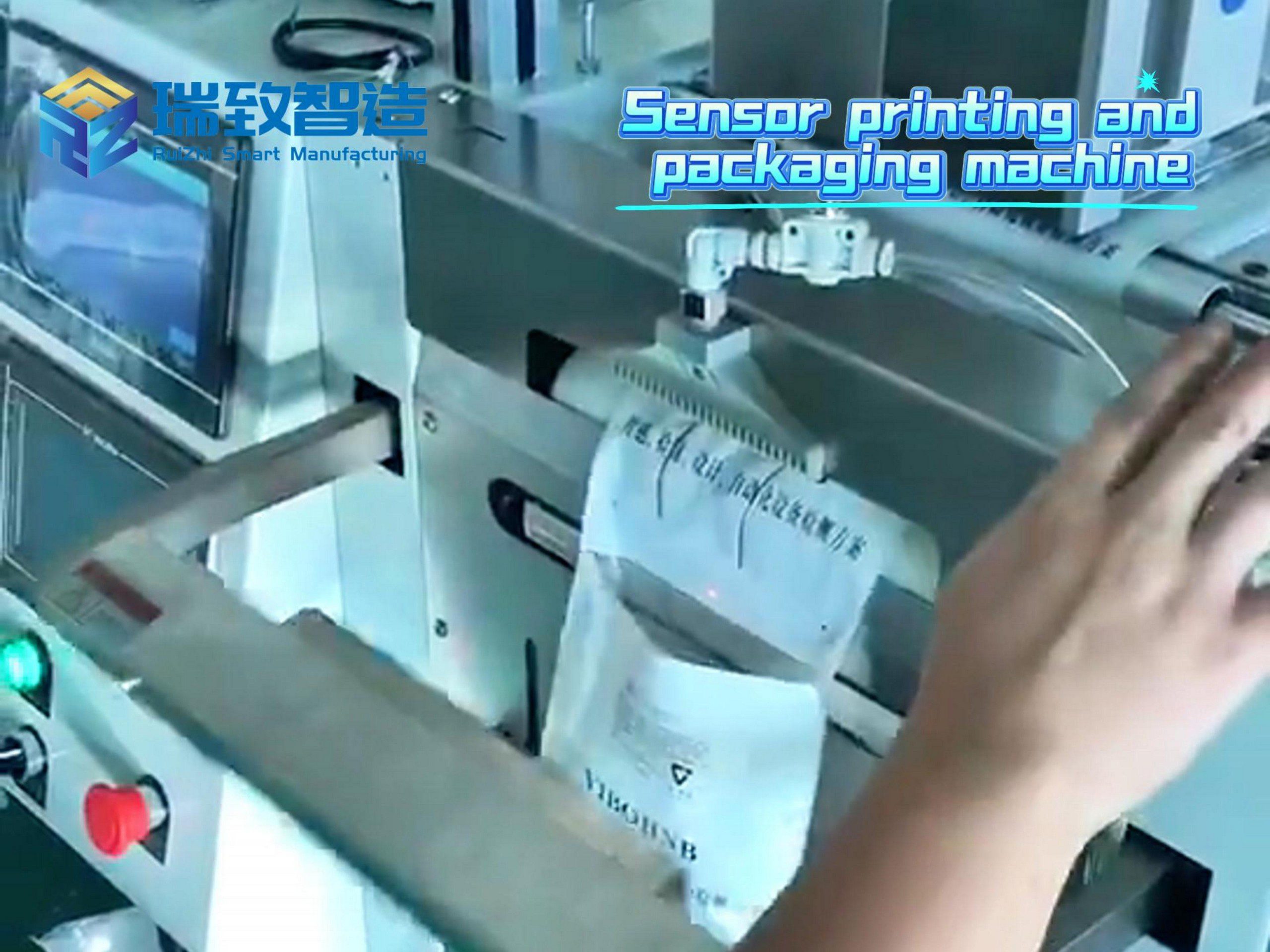
Atlas Series Supernodes and Clusters Debut: Million-Card-Scale Computing Power Sets New Global Record
At the Huawei Connect 2025 conference in Shanghai, Huawei’s Deputy Chairman and Rotating Chairman Xu Zhijun delivered a keynote speech, affirming the core view that “computing power is the key to artificial intelligence.” Based on China’s chip manufacturing processes, Huawei officially released the world’s most powerful computing supernode and cluster products.
The Atlas 950 SuperPoD and Atlas 960 SuperPoD supernodes support 8,192 and 15,488 cards respectively, leading in all key metrics including card scale and total computing power. The Atlas 950 SuperCluster and Atlas 960 SuperCluster, built on these supernodes, achieve computing power scales exceeding 500,000 and 1,000,000 cards respectively, becoming the world’s most powerful cluster solutions and providing abundant computing support for the long-term rapid development of AI.
Cross-Scenario Computing Power Empowerment: From Bathroom Manufacturing Intelligence to Mainframe Replacement in General Computing
Huawei’s powerful supernodes and clusters aren’t limited to core AI research; they demonstrate universal value in traditional manufacturing and general computing. In bathroom production, a 浴室淋浴底座组装机 leverages Atlas supernode cluster real-time computing power to capture over 200 frames per second through machine vision.
Combined with AI algorithms, it identifies issues like panel fitting deviations and sealant overflow, while edge computing enables millisecond-level robotic arm calibration. This reduces assembly precision errors to within 0.1mm and shortens changeover time from 40 minutes to just 8 minutes, solving the industry pain points of “difficult precision control and insufficient flexibility.”
Meanwhile, Huawei has introduced supernode technology to general computing with the TaiShan 950 SuperPoD, the world’s first general computing supernode. Combined with the GaussDB distributed database, it can completely replace mainframes, minicomputers, and Exadata database appliances, becoming the “terminator” of traditional minicomputers.
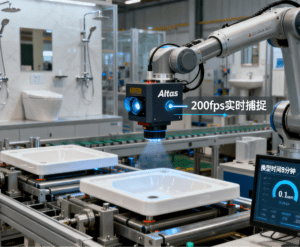
Open Lingqu Ecosystem + Industry Intelligence Leap: Building a New Paradigm for AI Infrastructure
To overcome large-scale supernode interconnection challenges, Huawei developed the Lingqu (UnifiedBus) interconnection protocol for supernodes based on over 30 years of connectivity technology experience. The company announced the opening of the Lingqu 2.0 technical specifications, inviting industry partners to jointly develop related products and components and build an open ecosystem.
Xu Zhijun emphasized that Huawei will continue to meet growing computing demands through the “supernode + cluster + Lingqu protocol” combination, driving AI development and value creation. This release aligns with the Huawei Connect theme of “leaping industry intelligence.” The 10th conference, held September 18-20, 2025, comprehensively 阐释 Huawei’s intelligent strategy through the three-dimensional perspective of “strategic panorama, industrial technology, and ecological development,” providing infrastructure and solution support for industry digital transformation.
Examples of Robot Automatic Assembly Lines
Advantages of Artificial Intelligence Automatic Assembly Lines











